360 days a year, lychee is not a dream
Author:Institute of Physics of the Ch Time:2022.07.04
What is the use of genomic sequencing for litchi? It may allow you to eat it all year round.
Written article | Kestrel
In the site of the Song family of the Song family of Yinglong Street, Licheng District, Putian City, Fujian Province, there is the oldest lychee tree in the world: "Song Jiaxiang". It had germinated as early as Tang Tianbao (the era when Yang Guifei was eating litchi) and was now over 1250 years old. At this time, if you can just go to the ancient tree, you may have the opportunity to taste its fruit. That's right, although it has thousands of years of vicissitudes, it is still setting out sweet lychee. Obviously, the place name of "Licheng District" comes from this ancient tree, and litchi is also the main local crops.
Litchi belongs to the unprecedented subordinates of green trees. There are about 143 species of unprecedented subclasses worldwide, which are mostly distributed in tropical and subtropical regions. Among them, there are 22 species of fruit trees, including longan and red Maodan. There are two species of lychee, one is LITCHI Chinese Sonnnnnnnnnn. It is native to my country; the other is the Philippine Litchi Philippinensis Radl. value. The lychee we are talking about today generally refers to the former.
The earliest records of human beings can be traveled back to 3000 years ago, but the sources of domestic domestication varieties are not clear. This may be because the agricultural history of litchi is more complicated. Research on the comparative genome of wild varieties and cultivation varieties show that the current cultivation varieties are not the result of a single domestication event. Earlier this year, "Nature Genetics" magazine published an analysis of lychee whole genome test analysis. The research results showed that people in history have domesticated two fruit trees in different flowers.
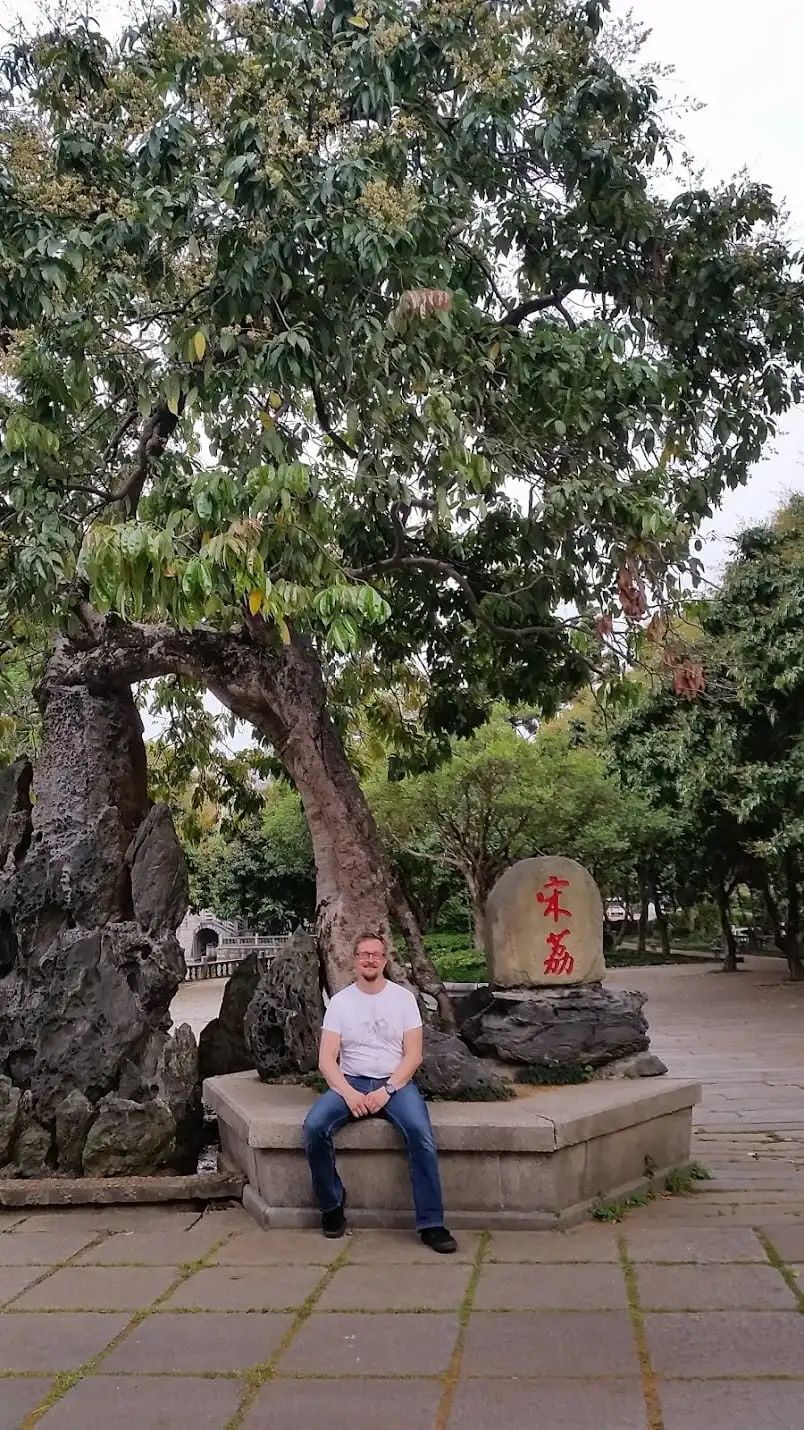
At the beginning of the study, Jarkkosalojärvi, the author of the thesis, visited the ancient tree "Song Jiaxiang". Source | https://blogs.ntu.edu.sg/sclence/2022/06/01/UndeRSTANDING-BREEDING-History- OF-qulae/
As soon as the concubine laughed, no one knew that it was lychee. The research team analyzes the wide -known "concubine laugh", which is a lychee variety obtained by hybridization of early flowers and late flowers. Researchers received a genome sequence of 470 trillion base pairs and estimated that this accounted for about 96.2%of the complete genome. Then use the RNA sequencing result to comment on the genome, and then use it as a reference genome to re -measure the genome sequence of 72 trees, which contains 38 wild trees to represent various variants of lychee.
The analysis of these genome systems showed that litchi originated in Yunnan, my country, and then spread east to south, spread to Hainan Island about 18,000 years ago. Thousands of years later, people in the two places began to cultivate lychee: Yunnan people cultivated early flowers, and Hainan people cultivated late flower varieties. These are two independent domestication events. The two later interlaced the variety of concubine laughter and other flowering time between the two. The long -term cultivation history brings a variety of germplasm resources for litchi, and the Guangzhou National Litchi seed resources have more than 400 culitivar.
According to the maturity time of fruit, the cultivation and variation of litchi can be roughly divided into three categories: special premature (EEMC), medium precocious (EMC), and late maturity (LMC). Early early varieties are rare and basically no industrial value. The best fruit is always a variety of late maturity. Middle -early maturity may be obtained by artificially passed the hybrid early maturity (Yunnan Wild Group, YNW) and late maturity (Hainan Wild Group, HNW). It is negative, but the heterogeneity is as high as 2.27%. The so -called near -hand coefficient can be understood as the probability of the two supporting pieces of the co -zozo from the same ancestor; hybridization refers to the frequency of the genetic atmosphere of a genetic site. The higher the frequency, the more it shows that it is hybrid. In general, the diversity of cultivation varieties is higher than wild varieties.
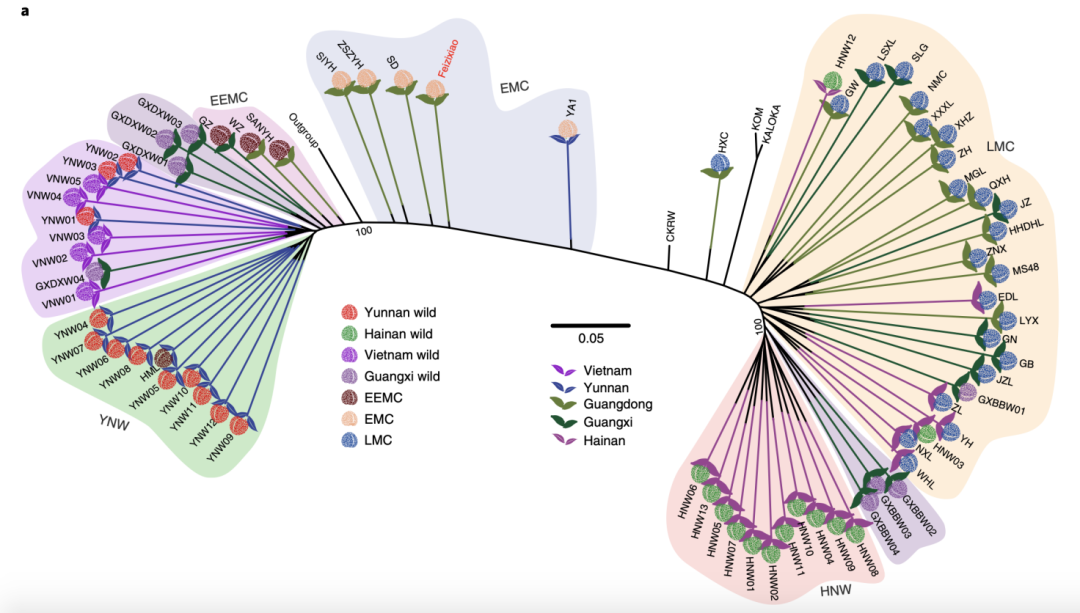
Figure 1 The litchi system drawn according to a single nucleotide polymorphism (SNP).
Although the litchi is delicious, the time window is too short. 80%of the litchi is produced in the short time window from early June to mid -July. Moreover, the litchi is very bad after maturity. There is no way to freeze the annual supply like longan. Is it possible for us to make litchi results in more time periods?
To this end, the researchers of this article have also studied the lychee varieties that bloom at different times in order to understand what kind of genetic mechanism it is in controlling flowering time. They found that the early flower phenotype was related to the lack of more than 3700 alkali -pairs. The earliest lychee varieties, the two copies of this segment in the genome are missing, and there are two complete copies in the genome of the late flower variety. The hybrid varieties are hybrids on this site, so the hybrid incident of the concubine laughing variety should be recently, or even the first generation of hybrid (F1). In other words, the first generation of concubine laughed litchi (ie F1) was generated by sexual reproduction, but if it continues to have sexual reproduction, it will produce a characteristic separation. , Pressure and other asexual reproduction methods to preserve high -quality fruit variants. Due to the long period of intergenerational time of lychee, in the history of cultivation, it is mainly through nonsense breeding and diffusion, so scientists can establish a relatively complete cultivation historical model. Researchers believe that the lack of genetic fragments they found can be used as biomarkers (biomarker) for litchi flowering time, which is very useful for breeders. In addition, the new analysis of the whole genome sequence allows people to better understand other useful properties in agriculture and help people cultivate new varieties -even the flowering period that is different from the original. If the flowering period of various new varieties can be covered to each month of the year, then the litchi may realize the whole year in the future -this is a dream that Yang Guifei dares not to think about.
Now it is the season for eating lychee. There are so many types of litchi on the market. How much do you know about them? The following describes some common varieties, let's leave a message to do questions! In the description below, you can guess what kind of varieties are the lychee 1 ~ 9.
左 Guess first, then slide to the left to read the answer, right?
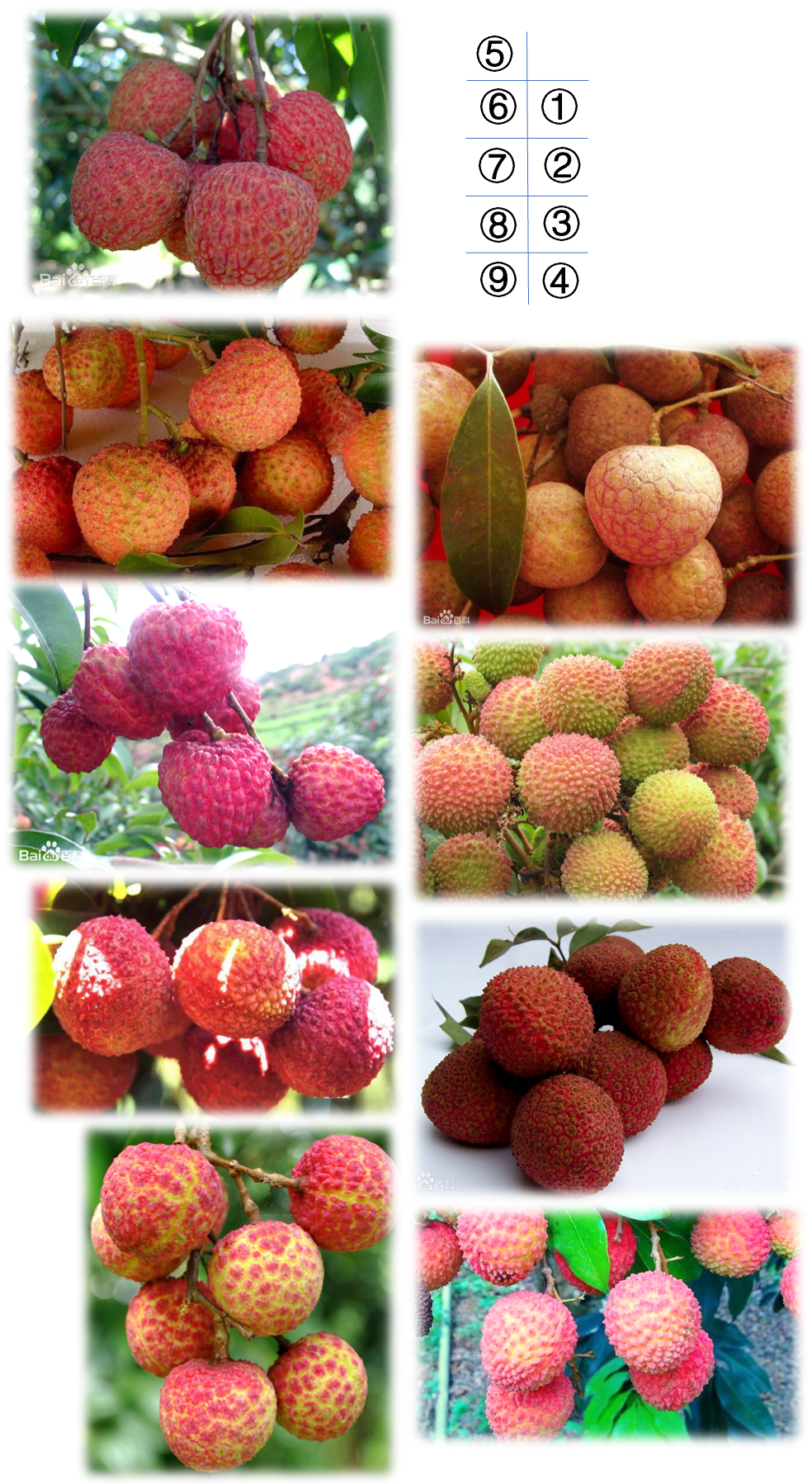

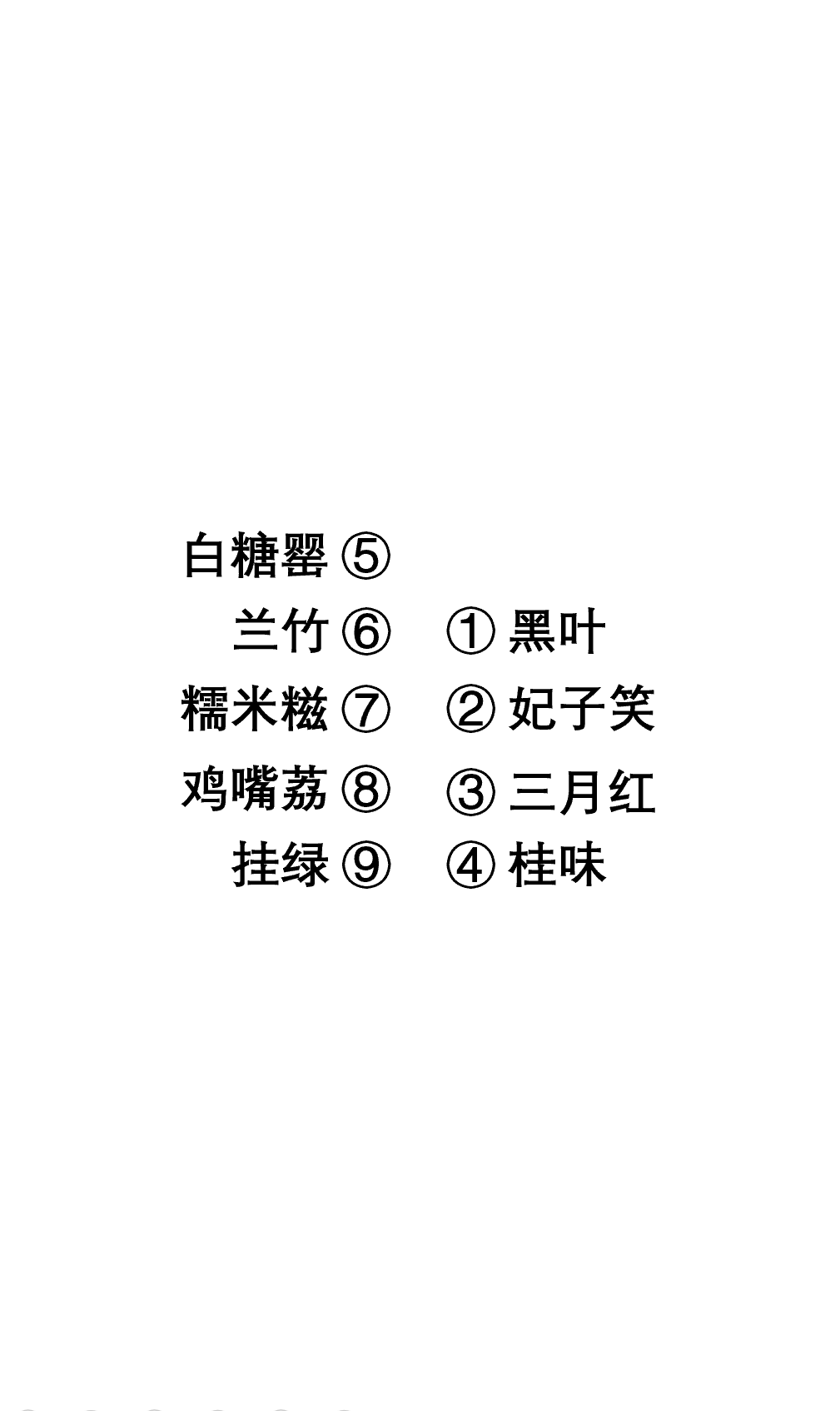
March Red
March Red, also known as Zuoguo, Yuhebao (Guangdong), April Li, May Red (Guangxi), Antlers (Sichuan). It is a well -known early -maturing species in Guangdong, and it is also one of the important export fresh fruits in my country in early summer. Guangdong in mid -May (in late June), Sichuan matured in early July.
The fruit is large, the average single fruit weighs 26-42 grams, the heart shape or crooked heart shape, the top of the fruit is round, slightly skewed to the side, the fruit shoulder is large, the slightly towering, and the fruit stalk is particularly large. The peel is thick and crispy, the skin is bright red, the cracks are large and flat, the arrangement is irregular, the cracks are flat, and some cracks have small tip -shaped cracks in the center. The suture line is not obvious. The flesh with white waxy flesh is tough, juicy, sweet and sour in sweetness, there are residues after eating, and the mules are large and not full. The edible part accounted for 62 to 68 % of the total weight, with medium quality.
Sugar poppy
Altosaccharides, also known as bee sugar, is a precocious early litchi variety in Guangdong. Mature in late May.
The weight of the single fruit is 21.4-31.8 grams, the fruit crooked heart or short crooked heart shape, the top of the fruit is round, the fruit shoulder is flat, the fruit stems are thick, the peel is thin, bright red, most of the cracks are smooth. It is slightly long or polygonal, large and sparse, irregularly arranged, and the peaks of the cracks are fine. The flesh is white waxy, crispy and sweet with honey. The seeds are medium and small, and there are small cores. The edible part accounted for 70-79.2 % of the total weight.
Concubine laughed
The concubine laughed, also known as Luotang Pu (Guangdong), 铊 (Sichuan). It is one of the famous lychee varieties in Guangdong and Guangxi, and has a long history of cultivation, and lychee has recorded in the past. From late May to early June, Sichuan matures in late July.
The fruit is large, the single fruit weighs 23.5-31.1 grams, the near -circular or ovate, the fruit shape is neat and beautiful. The peel is thin, the color is red, the cracks are raised, the sizes are different, the cracks are fine, the sharp -cut hands, the cracks are fine and obvious, and the suture line is not obvious. The flesh is thick, the white wax is crispy and juicy, the sweet and fragrant seeds are smaller, and they are not full. The edible part accounted for 77.1-82.5 % of the total weight, with excellent quality.
Black leaf
Black leaves are also known as Wuye and 兰 名 (Sichuan). In order to cultivate universal medium -cooked varieties, Guangdong, Guangxi, and Fujian are generally cultivated. Taiwan, Sichuan, and abroad are distributed. The leaf color is thick and green, so it is called black leaves. Guangdong matured in the middle and middle of June, in late June in Fujian, and in late July in Sichuan.
The fruit is large, with an average weight of 16.1-32 grams. The ovaries are the same or crooked, the top of the fruit is round or blunt, the fruit shoulders are flat or slightly towering, and the stems are large. The peel is dark red, thin and tough, and it is easy to become dark brown after picking, so it is called black leather lychee. The cracks are flat and large, and the arrangement is more regular. The center of the cracks has a horny cone tip small crack peak, the crack is wide and obvious, and the suture line is obvious. The flesh is milky white, the meat is soft and juicy, and the flavor is slightly fragrant. The seeds are large and full. The edible part accounted for 63.5-73.3 % of the total weight, and the quality was medium.
Chicken mouth
Chicken Mouth, also known as Xiangshan Chicken, is produced in Guangxi. It is mainly produced in Hepu. Most of the other counties have sporadic distribution. Mature in late June.
The fruit is large, the average single fruit weighs 29.5 grams, the crooked heart or flat, the fruit top is round, the fruit shoulder is flat or the shoulders are slightly red, the peel is dark red, thin and tough, the cracks are medium, flat or nipple -like protrusions, arranged arranges It is more rigid, the peak peaks are small, the cracks are narrow, the cracks are narrow, not obvious, and the suture line is not obvious. The flesh wax is white, crispy and sweet, with slightly fragrant. The seeds are mostly small cores. The edible part accounted for 79.3 % of the total weight of the whole fruit, with high quality. Cinnamon
Guiwei is also known as green (Sichuan). It is one of the excellent varieties that are cultivated in Guangdong Province and are also important fruit fruits. The export price is slightly lower than that of glutinous rice lychee, which is distributed in Guangdong, Guangxi, Fujian, Sichuan, Taiwan and abroad. Guangdong matured from late June to early July, and Sichuan matured at the end of July.
The fruit is as round, medium and large, and the single fruit weighs 15-22 grams. The cracks are raised, with irregular conical shapes. Belly, white, thick meat, crispy, sweet, juicy, sweet -scented osmanthus flavor. Most of the small nuclear are also large. The edible part accounts for 75.0 to 80.8 % of the total weight, and the quality is extremely good. Among them, there are "full red" cinnamon flavors with bright red red red, with dark green plaques in fruit shoulders, and the "duck head green" lines with light red red green.
Glutinous rice
Glutinous rice crickets are cultivated in Guangdong with a lot of cultivated lychee. They are mainly produced in the outskirts of Guangzhou. Dongguan, Zengcheng, Panyu and other counties. Other counties are also distributed. Guangxi, Fujian and other provinces (autonomous regions) are also planted. In addition to fresh food, litchi is the most suitable. From late June to early July, maturity.
The fruit is large, the single fruit weighs 20.1-27.6 grams, the flat heart shape, the fruit shape is neat, the top of the fruit is round, the fruit shoulders are raised on one side, and the fruity stems and the fruit shoulders become about 45 degrees oblique angle. The peel is bright red, the cracks are obviously raised, narrow, and long -distance arranged, the peaks of the cracks are smooth, and the suture line is obvious. The flesh is soft and juicy, with a slightly sweet and slightly aroma, small seeds, more degenerate or hollow. The edible part accounted for 73.0-84.4 % of the total weight, the best quality.
Hanging green
Hanging green is a long -awaited variety in Guangdong. A mother tree in Zengcheng West Garden is the most famous. In addition to sporadic planting in various counties in Guangdong, its descendants are also distributed in Guangxi, Taiwan, Sichuan and other provinces. From late June to early July, maturity.
The fruit is nearly ovate or nearly round, medium and large, single fruit weighs 14.4-29.5 grams. The peel is dark red with green and thin, the cracks are flat, the middle part is proud of the inside, the peak tip of the cracks may be a thin tip of the sparse rock, the crack is obvious, and the suture line is obvious. The flesh is white waxy, the meat is crispy, the sweetness is slightly fragrant, the seeds are full, and the seeds are slightly flat. The edible part accounted for 61.5-76.9%of the total weight. good quality.
Orchid
Lanzhu is a well -known variety cultivated in southern Fujian. It is mainly distributed in Longhai and Zhangzhou; Nanjing area, Guangdong and Zhejiang have categories. There are two reds and cyan products. Originally matured from late June to early July.
The fruit is large, the heart shape, the top of the fruit is round or blunt, the fruit shoulder is obliquely, and the fruit stalk is small. The peel is thin, light purple or red or yellow or cyan; the cracks are medium and large, milky protrusions, small turtle cracks in the center, the cracks are slightly pointed, the crack is obviously narrow, and the suture line is not obvious. The flesh is milky white, the meat is soft, smooth and juicy, slightly astringent, sweet and sour, and most of the seed coke nucleus. The edible part accounted for 71.1-79.9%of the total weight, and the variety was medium.
Reference
[1] https://www.the-scientist.com/news-opinion/Genome-dotlight-lachee-litchi- chinensis-69634
[2]Hu, G., Feng, J., Xiang, X. et al. Two divergent haplotypes from a highly heterozygous lychee genome suggest independent domestication events for early and late-maturing cultivars. Nat Genet 54, 73–83 (2022 ) .https://doi.org/10.1038/s41588-021-00971-3
[3] Ni Yaoyuan, edited by Wu Sufen, lychee cultivation, Agricultural Publishing House, 1990.09
Reprinted content only represents the author's point of view
Does not represent the position of the Institute of Physics of the Chinese Academy of Sciences
If you need to reprint, please contact the original public account
Source: Hui Pu
edit:

- END -
Publlect the Weichai No. 1 Factory, explore China's "power core"
Video/Snapshot, T_100, F_JPG, M_fast Controls = Controls data-version/ueditor/video/mp4/20220716/1657968449378380.MP4 transcoding = 1 style = width: 400px; Exploring Weichai No. 1 Fact
[Discover the most beautiful you comment on me] Ku'an, Shuiqing, Jingmei, and Minfu Three Gorges Reservoir area surrendered the satisfactory "ecological answer sheet"
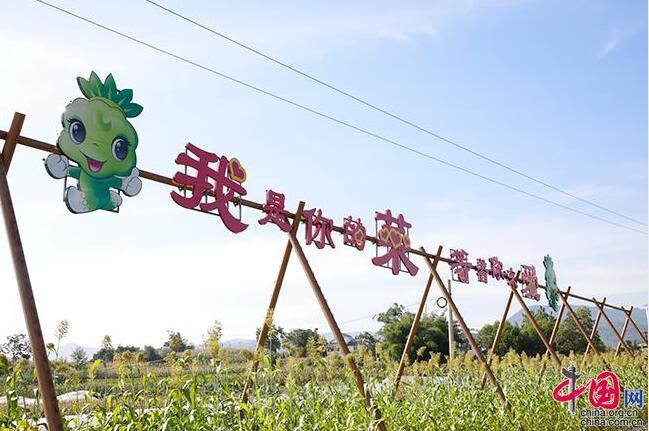
China Net July 19 (Reporter Peng Yao) The blue waves were rippling on the Longhe, ...